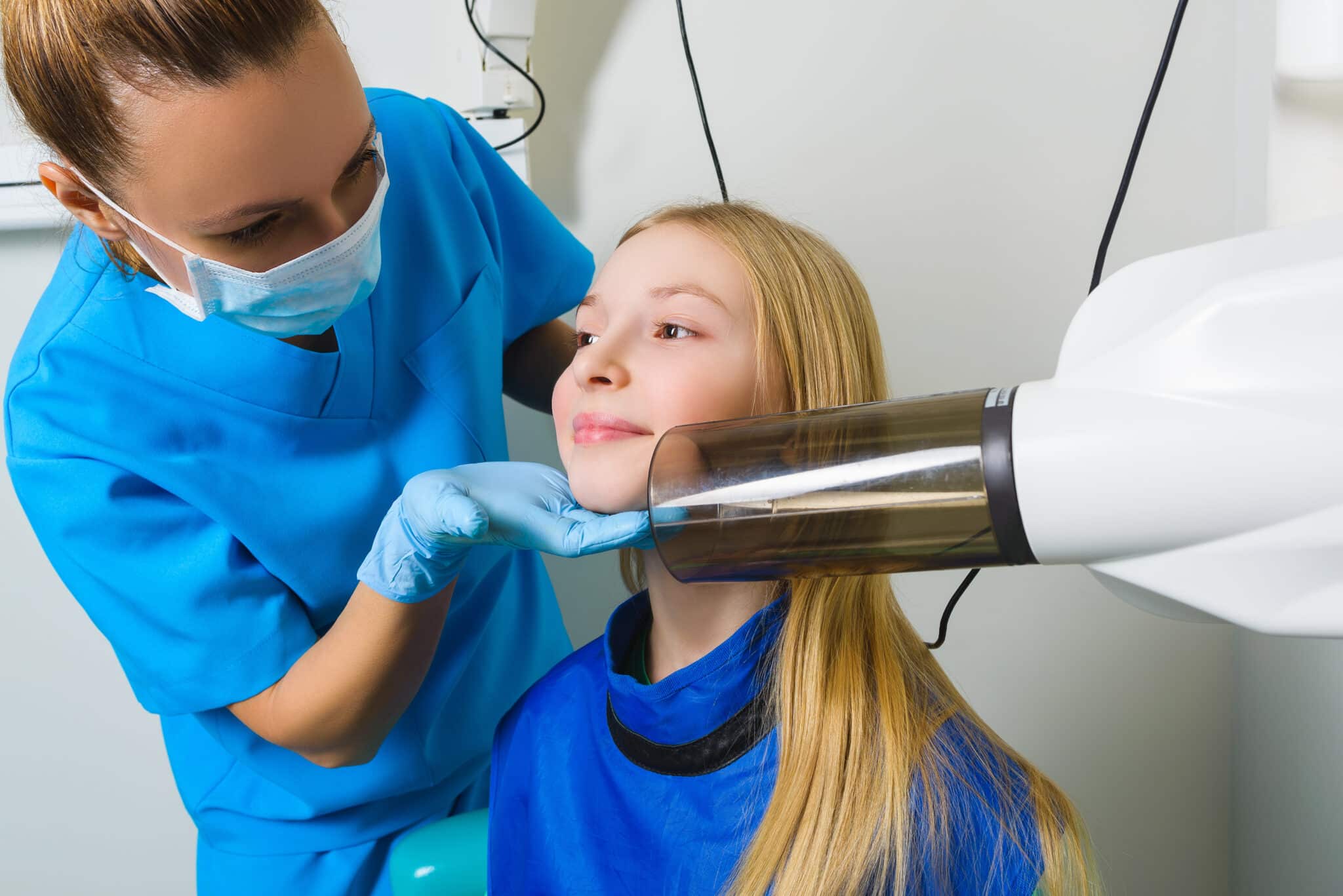X-rays are a common part of dental care and are used to help dentists diagnose and treat dental problems. However, and understandably so, some people may be concerned about the potential risks associated with radiation exposure from dental x-rays. It is important to understand that the amount of radiation emitted during a dental x-ray is very low, and the benefits of having the x-ray typically outweigh any potential risks.
To begin with, dental x-rays use a type of radiation called ionizing radiation, which has enough energy to remove an electron from an atom. However, the amount of ionizing radiation used in dental x-rays is very small, and the risk of harm from this radiation is extremely low.
The amount of radiation exposure from a dental x-ray is equivalent to the amount of radiation a person would be exposed to during a few hours of airplane travel. Moreover, dental x-rays are designed to target a very specific area of the body. During a dental x-ray, a small sensor is placed in the mouth, and the x-ray machine is positioned outside the mouth to direct the x-ray beam at the area of interest. This focused approach helps to minimize radiation exposure to other parts of the body. With this, lead aprons are commonly used to protect patients from radiation exposure, which further limits unnecessary risk.
Additionally, modern dental x-ray equipment is designed to emit as little radiation as possible while still producing clear and accurate images. Dental professionals follow strict guidelines to ensure that the x-ray equipment is calibrated correctly and that the patient is positioned correctly to minimize exposure.
In conclusion, while it is important to be aware of the potential risks associated with radiation exposure from dental x-rays, as mentioned, it is vital to know that the amount of radiation emitted during a dental x-ray is very low and the benefits of having the x-ray typically outweigh any potential risks. Patients can always feel free to ask their dental professionals about the safety measures in place to ensure the lowest possible radiation exposure during their appointment.
[Disclaimer: The information provided is intended to support and not replace the relationship between the patient and their own healthcare provider. Any information or advice provided should be used for educational purposes only and is not a substitute for professional dental care. The information provided should not be used to diagnose, treat, or prevent any dental condition or disease without consulting a qualified dental professional. Any reliance on the information provided is solely at the parents and patient’s own risk.]





